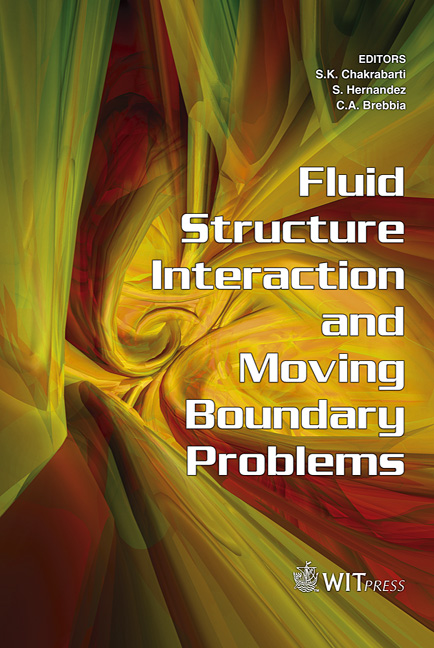Experimental Analysis And Numerical Simulation Of A Fuel Tank Filler In A Crash Environment
Price
Free (open access)
Transaction
Volume
84
Pages
9
Published
2005
Size
470 kb
Paper DOI
10.2495/FSI050361
Copyright
WIT Press
Author(s)
G. Janszen & A. Pernechele
Abstract
The work presented is part of a research on passive solutions that can limit fire risks in the case of aircraft crash events. Particularly, the development of metallic fillers, such as Explosafe®, has recently awakened much interest because of the small weight and volume that they occupy in the fuel tank. In the previous phase of the work, impact tests on a helicopter fuel tank filled with water and the above mentioned filler have been carried out. A reduction of the fluid pressure and the overall stresses in the fuel tank have been observed. However, at that stage it was not possible to realize a well-correlated numerical model because the code used did not take into account inertial loads which are prevalent in impact scenarios. The commercial Abaqus software has been used in a consolidation analysis of porous media (*soils). A new model has been set up and an acceleration temporal history, obtained by experimental tests, has been imposed on all the elements, forcing the program to take into account the inertial loads as well. Results are encouraging and a good correlation has been achieved: the highest pressure value is reached. Some errors due to high Explosafe® permeability and to validity limits of the porous media theory do persist. The stress distribution, transmitted by the fluid to the fuel tank, are coherent with the experimental data. Keywords: helicopter fuel tank, metallic filler, fire suppression, crash tests, finite elements. 1 Introduction Where safety is concerned, the role played by the fuel system, and particularly by the fuel tanks, is very important. Many improvements have lately been made and one of the most important is due to the development of tank fillers that can
Keywords
helicopter fuel tank, metallic filler, fire suppression, crash tests, finite elements.





